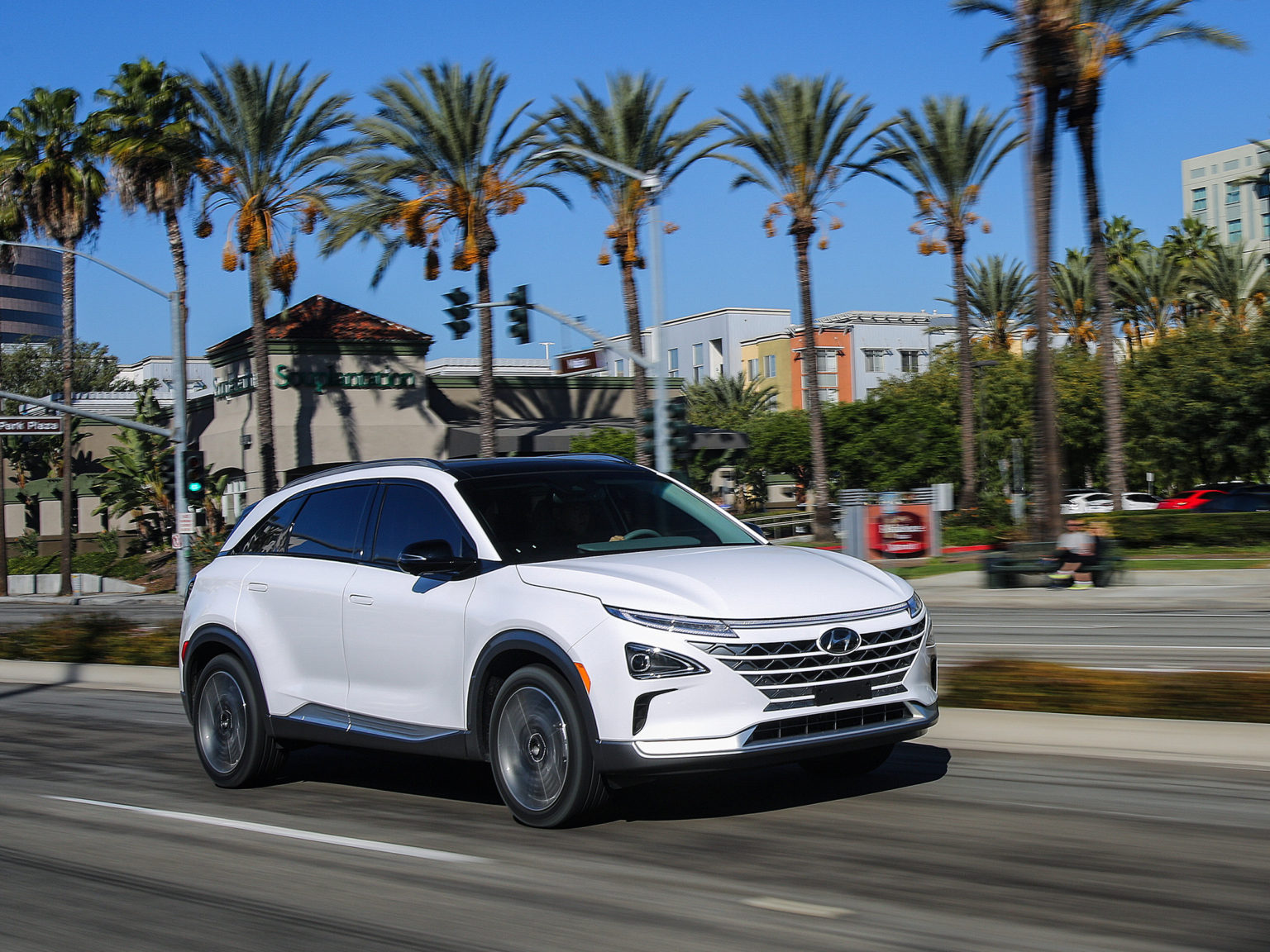The Insurance Institute for Highway Safety (IIHS) has announced its results from the latest round of testing. Five vehicles came out on top earning the highest headlight score across all trim levels.
How does IIHS test? According to their website:
IIHS engineers measure the reach of a vehicle’s headlights as the vehicle travels straight and on curves. Sensors on the track measure how far from the vehicle the light extends with an intensity of at least 5 lux. A lux is a unit of illuminance, or the amount of light falling on a surface. For comparison, a full moon on a cloudless night illuminates the ground below to about 1 lux.
Both low beams and high beams are measured on five approaches, shown in the graphic below:
– Straightaway
– Gradual left curve (800-foot radius)
– Gradual right curve (800-foot radius)
– Sharp left curve (500-foot radius)
– Sharp right curve (500-foot radius)On each approach, visibility measurements are taken on the right edge of the roadway. On the curves,
measurements also are taken on the left edge of the travel lane. On the straightaway, the second measurement is taken at a point corresponding to the left edge of a two-lane road. This allows the engineers to gauge the illumination on both the right and left side of a straightaway, which are typically quite different. With most headlights, there is a steep drop-off in light on the left side of a straight road in order to prevent glare to oncoming vehicles.
Glare for oncoming vehicles is also measured from low beams in each scenario. Engineers record the percentage by which it exceeds a set threshold.
Headlights are tested as received from the dealer. Although many headlight problems could be resolved by adjusting the aim of the lamps, IIHS doesn’t change headlight aim. Few vehicle owners adjust the vertical aim of their headlights, so leaving the aim the way it was set at the factory makes the testing more realistic. Horizontal aim also is important, but in most vehicles it can’t be changed after the initial factory setting.
Readings are taken 10 inches from the ground for visibility and 3 feet, 7 inches from the ground for glare.
IIHS testers use a system of demerits to rate the headlights. Low beams are weighted more heavily than high beams. Straighway readings are weighted more heavily than curved ratings because crashes happen most often on straight roads. Vehicles equipped with high-beam assist get their low beam demerits reduced.
All the vehicles on this list earned a perfect “Good” score in IIHS headlight testing across all trim levels.
2020 Honda Insight
Photo courtesy of American Honda Motor Co., Inc
The 2020 Honda Insight comes standard with multi-element LED headlights. The Insight starts at $22,930.
Hyundai Nexo
Photo courtesy of Hyundai Motor America
The 2020 Hyundai Nexo comes standard with LED headlights, daytime running lights, and taillights. Automatic headlights are also standard. Hyundai prices the Nexo starting at $58,735.
Lexus NX
Photo courtesy of Toyota Motor Sales U.S.A., Inc.
Lexus has equipped the 2020 Lexus NX with standard automatic headlights. Premium triple-beam LED headlights and enhanced LED daytime running lights with integrated turn indicators are available. The Lexus NX starts at $36,870.
2020 Subaru Crosstrek Hybrid
Photo courtesy of Subaru of America
The 2020 Subaru Crosstrek Hybrid comes standard with LED steering responsive headlights and LED fog lights. The Crosstrek Hybrid starts at $35,145.
Tesla Model 3
Photo courtesy of Tesla
The Tesla Model 3 starts at $39,990 and comes standard with LED headlights and taillights. Automatic high beams are standard and fog lights are available.








